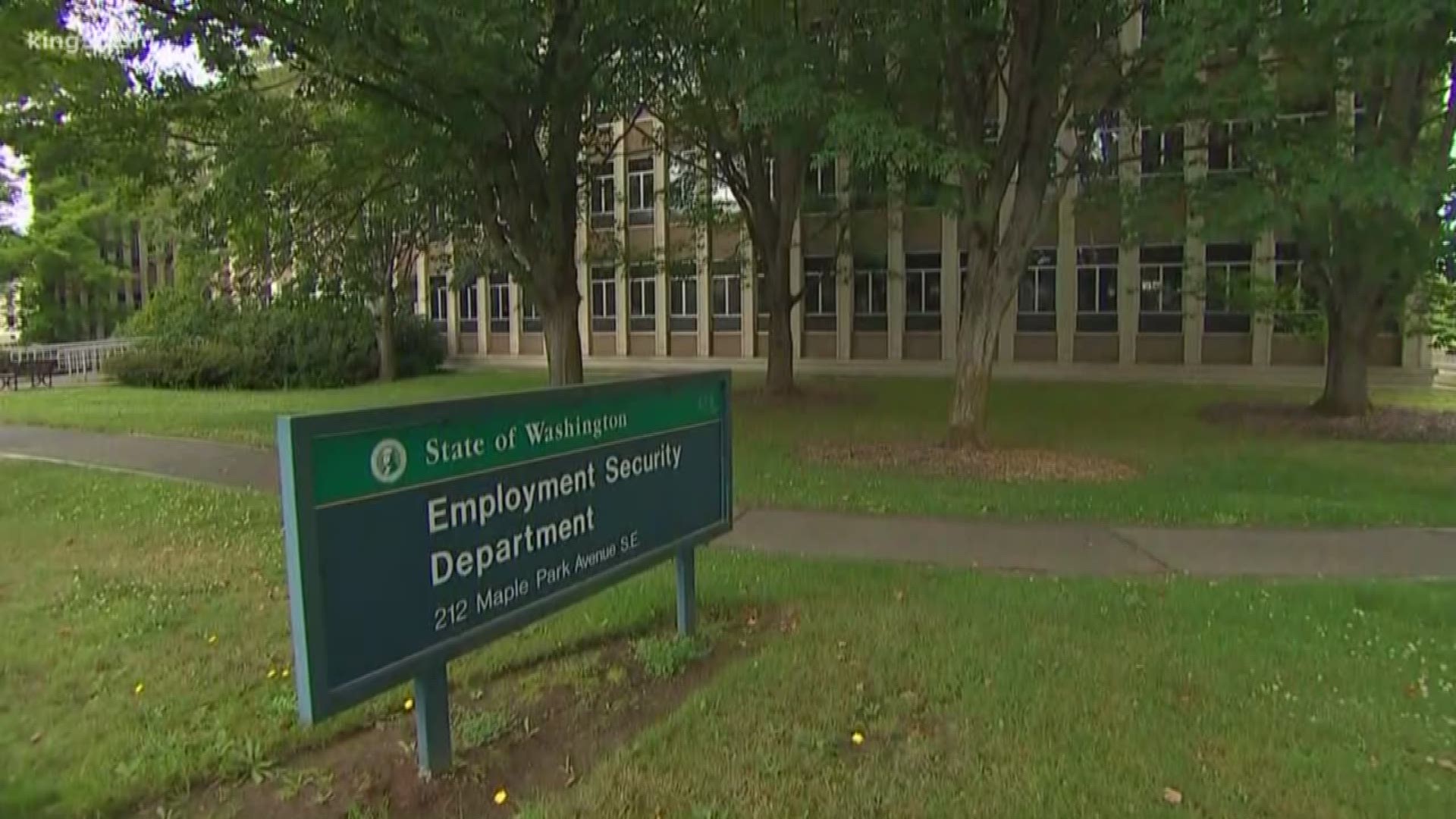Several cities and counties in Washington have caught the minimum wage increase fever by proposing increases of $20.29 in King County to as high as $24 an hour in Olympia. There was even talk about a $41 an hour wage for a single parent with a child at home which roughly equates to $82,000 a year.
Sounds great until the reality of paying for the increases kicks in.
King 5 reports one restaurant owner said going over $20 per hour will likely force him to raise prices.
The false assumption in all minimum wage increase proposals is the employee will benefit long term from higher income.
Minimum wage increases are always hard for both employee and employer. The employee thinks they are getting more money in the short term, but the longer-term effect is less hours and in some cases, a loss of a job.
An employer’s income from products and services is finite and the only options when government mandates a wage increase are to reduce costs (employees) or raise prices. The profit margin on food is 3-4% in many restaurants, including fast food. When a state or municipal government forces an increase in the minimum wage, the restaurant has to either raise prices or reduce costs (primarily labor) to maintain a profitable business. Less jobs, less hours and higher prices.
A minimum wage is not supposed to be a living wage.
A visceral demonstration of the negative effects of raising minimum wage happened recently in California where a government mandated an increase to $20 for fast food workers. Overnight the price of the food increased to cover the additional wage cost. One viral picture on X, showed In-N-Out Burger increasing prices across the board. Rubio’s Coastal Grill in California closed 48 restaurants as a result of the $20 minimum wage increase.
Other cities in Washington are increasing their minimum wage. Bellingham is increasing its minimum wage to $17.28 and another $1 to $18.28 in 2025. Just as in California, Bellingham restaurants are going to raise the price of food.
Sometimes, instead of a salary bump, many workers instead find their work hours cut or their jobs eliminated completely. For some employees, if they fall below a minimum hour threshold required for benefits, they lose benefits too.
Increasing the minimum wage also adds to the inflationary pressure Washington residents are facing. The more things cost, the less purchasing power the average consumer has. There is upward pressure on all wages, irrespective of sector, to counter increased costs.
A cold dose of reality from the negative documented impacts of raising the minimum wage should cure the minimum wage increase fever. Lawmakers need to be paying attention to the results of the policy and not the short term pressure from labor groups that are not considering the long term impacts of high minimum wages.






